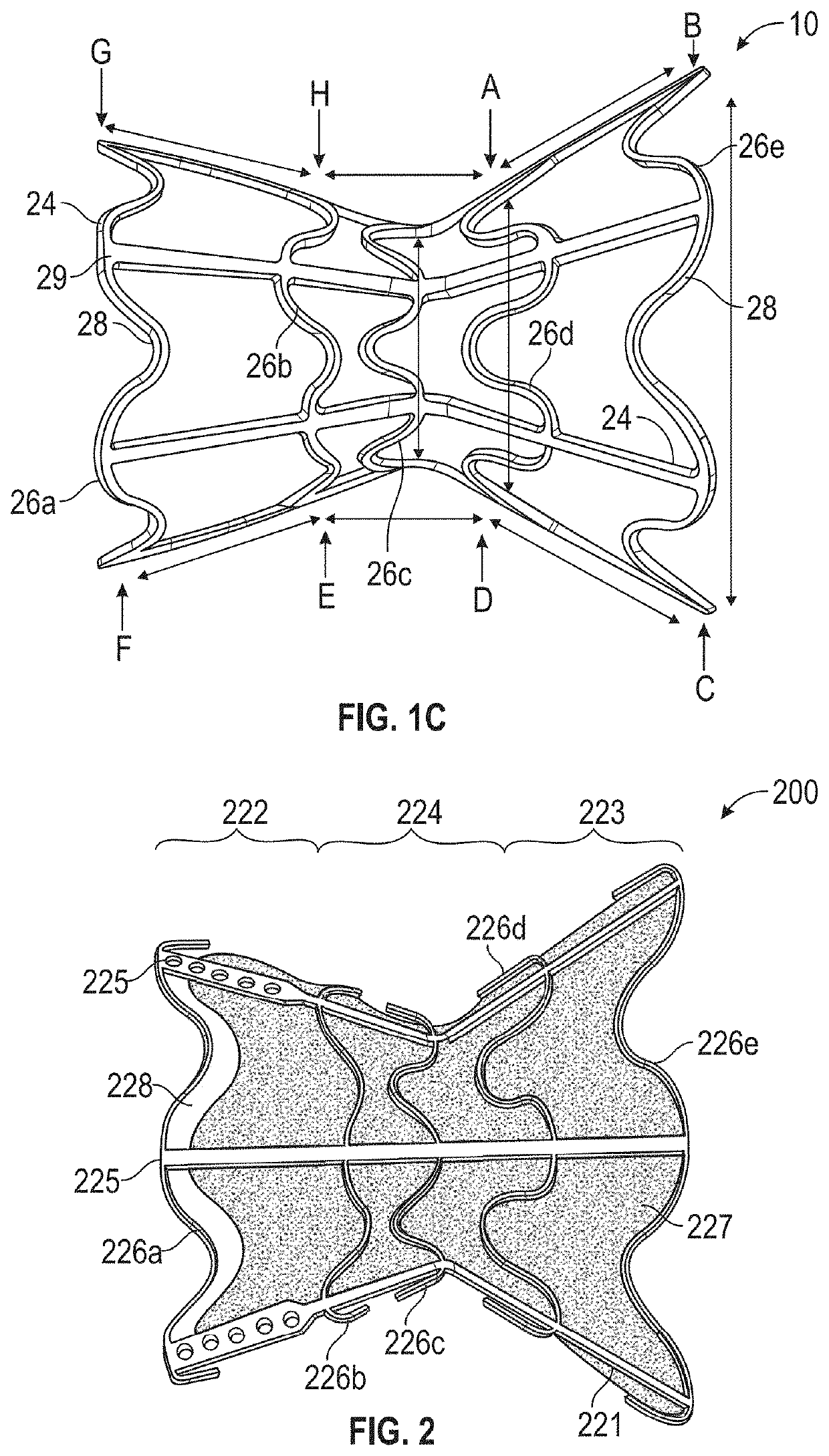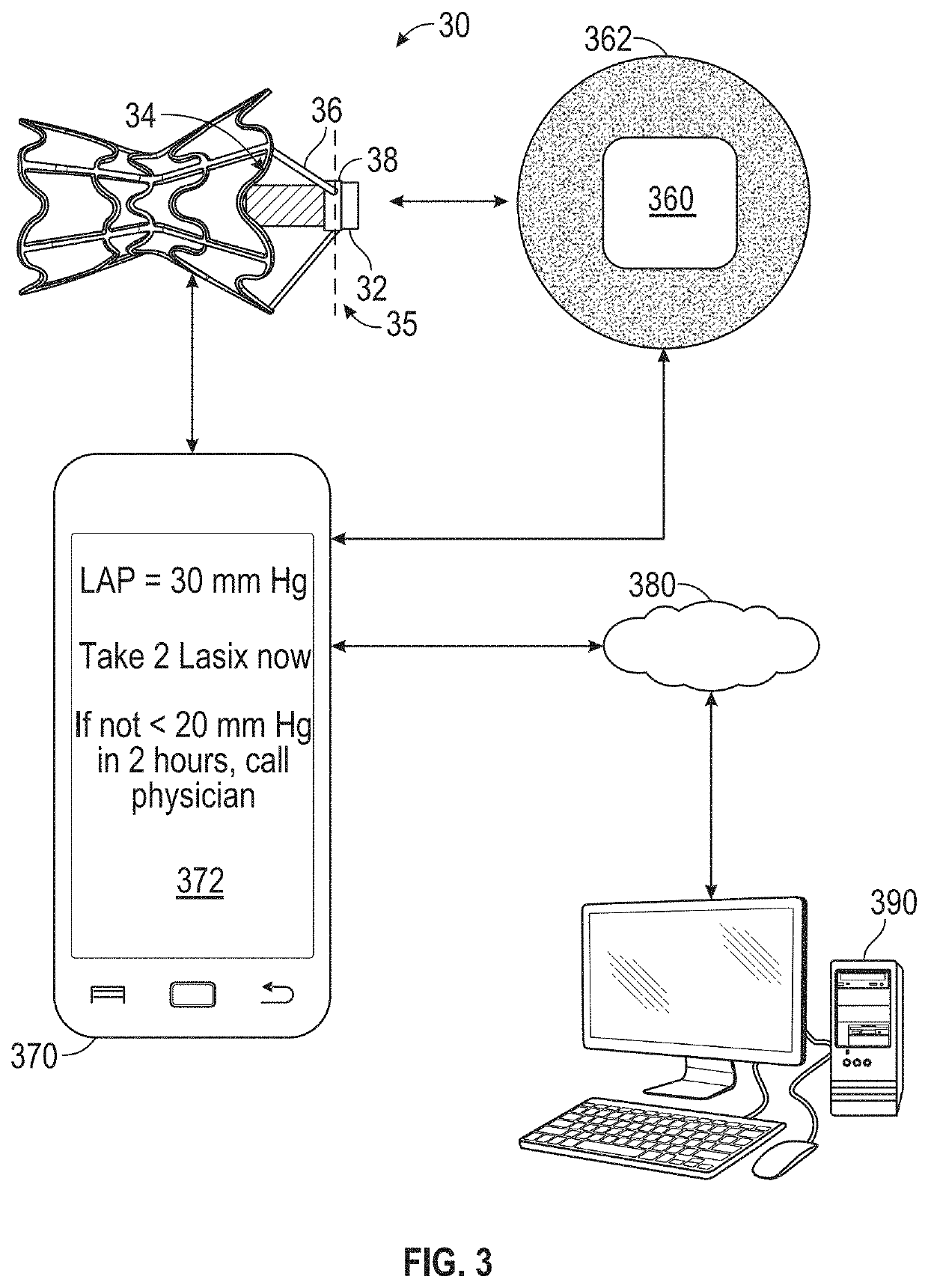Despite decades of advances in therapy, a large segment of these patients have a severely limited
quality of life that includes disabling symptoms, poor exercise tolerance, inability to perform work, recurrent hospitalizations for acute worsening, and an unacceptably
high rate of death.
Additionally, there are almost 700,000 Emergency Room visits and at least 6 million office / clinic visits that add societal, logistical, and economic burdens to the
system.
In the coming decades, HF is expected to become an increasingly larger healthcare problem as the
population ages.
Hospitalization for ADHF are associated with high readmission rates and increasing mortality.
There is an increased mortality risk with recurrent HF hospitalizations.
These drugs are less effective at controlling symptoms, especially dyspnea (shortness of breath) on
exertion or at rest.
Dosing of diuretics, whether oral or parenteral, is largely empirical and often difficult to manage.
No randomized trials of medications or the above-mentioned devices have achieved their primary endpoints.
GDMT for HFpEF is limited to management of underlying predisposing conditions such as hypertension,
atrial fibrillation, and treating symptoms and acute exacerbations with diuretics.
Ultimately, if this process is not reversed, severe
pulmonary edema ensues and there is increased likelihood of death.
This includes abdominal distention and lower extremity swelling, profound fatigue and marked intolerance to activity.
Many of these parameters reflect the degree of RV failure, which is the most common
cause of death.
Although the last two decades have seen important advances in palliative
medical therapy, PAH remains a universally fatal disorder with median survival of 5 years.
Parenteral prostanoids, however, are often associated with frequent and disabling adverse effects such as
vomiting, headache, hypotension, flushing, jaw and
leg pain and
diarrhea.
Serious adverse events related to intravenous delivery systems include pump malfunction, local site infection,
catheter obstruction and
sepsis.
Lung transplantation is an essential treatment option for PAH patients, but due to scarcity of donor lungs and survival rates lower than for other
pulmonary disorders, less than 200 U.S. PAH patients are transplanted each year.
Piezoresistive devices are better suited for periodic rather than continuous measurements due to
higher power consumption.
These data indicate that when tissue coverage exceeds this thickness, the tissue interferes with
fluid pressure measurement.
Enrollment in the
LAPTOP-HF trial was stopped early, due to a perceived excess of transseptal related complications.
Both will rise due to intravascular volume overload, LV failure, or LA outflow obstruction.
If PAP is being used to guide
diuretic therapy for HF and there is substantial secondary PAH, over-
diuresis resulting in a very low LAP with
dehydration, worsening
renal function,
electrolyte imbalance necessitating hospitalization will be more frequent, because PA diastolic pressure substantially overestimates LAP.
Also, individual pressure measurements in
ambulatory patients are not by themselves sufficient to predict how or if a patient will respond to a given therapy.
Even so, these rapid fluctuations rarely result in serious adverse HF events such as ADHF hospitalization or death.
It also takes time to recognize when filling pressures are deteriorating and to determine, often through
trial and error, which medications and dosages the patient will respond to.
Although better than standard
medical therapy, pressure guided therapy has similar built-in delays and multiple points for failure.
Finally, with respect to implantable sensors, the types described thus far have been limited to devices that directly measure pressure.
Nonetheless, their risk of developing
right heart volume overload is very small.
These benefits notwithstanding, BAS has important limitations.
It is difficult to predict what size
balloon to use.
In some cases, the FO is more elastic and will
recoil after
balloon deflation and in others, it is more fibrotic and may be torn.
Increased mortality has been associated when septostomy creates too large a shunt, resulting in severe systemic
oxygen desaturation (<80%).
In doing so, the amplitude and duration of LAP and LVEDP excursions is limited.
The reduction in LV end-diastolic volume results in an
obligate and substantial fall in LV end-diastolic pressure.
One concern about interatrial shunt devices for HF, like that seen with uncorrected congenital ASDs, is that if the shunt is too large, RV volume overload will develop eventually causing precapillary PAH with RV failure.
2011; 38:1343-1348, has shown that this device is associated with a high closure rate possibly related to the lack of controlled endothelialization in the passageway between the atria.
Fenestrated Amplatzer devices have largely been abandoned as they require making a rather large passageway through the septum and leave much foreign material in the septum with the risk of
thrombus formation.
Although both fenestrated Amplatzer and diabolo stents achieved outcomes similar to BAS, the long-term risk of closure /
stenosis could result in ineffective
shunting.
Although relatively simple in theory and construction, orifice-plate mesh type shunts have several important drawbacks that are expected to reduce their overall potential for
clinical safety and effectiveness.
A first drawback of orifice-plate devices is the susceptibility to narrow or close during the post-implantation healing period.
Such
tissue ingrowth typically spreads over the surfaces of the
implant's struts, mesh, or discs, and may substantially narrow the orifice lumen or even entirely occlude the shunt.
Narrowing or
occlusion of the shunt inhibits or prevents LA decompression and limits any positive effect for the patient.
In addition, variability results from differences in host
wound healing responses.
A second drawback of orifice-plate mesh shunts is the potential for paradoxical
embolization.
There is evidence that the risk of paradoxical
embolism is directly related to the orifice size of naturally occurring atrial level shunts such as ASDs.
Since ischemic damage from the lodging of an
embolus is limited to the
watershed organ territory supplied by the occluded vessel, larger emboli tend to cause more damage and have associated more dangerous consequences, especially when the occluding vessel perfuses the brain.
A third drawback of orifice-plate mesh shunts is that
percutaneous removal from the body is only possible at the time of implantation.
Should the shunt become a nidus for infection, develop fatigue or
corrosion fractures of its metallic framework, or erode or otherwise impinge on other vital cardiac structures, it cannot be removed by
percutaneous retrieval /
removal techniques.
The shunt can only be safely removed by open-heart
surgery.
Performing such
surgical procedures in patients with already established severe HF or PAH would likely be contraindicated due to unacceptable morbidity and mortality risks.
A fourth drawback of orifice-plate mesh type of shunts is that their
geometric design renders them relatively inefficient in supporting high flow.
For any given pressure gradient across the shunt, the geometry of an
orifice plate requires a larger orifice because it has a reduced effective orifice size compared with other geometries, such as a Venturi-shaped lumen, or a conical shaped
nozzle.
This is because with an orifice-plate, there are more energy losses associated with eddy currents at the edges of the orifice.
These flanges exert persistent pressure on the septum, causing injuring and stimulating an exaggerated healing response as described above.
Also, the rigidity of the mesh may interfere with the normal motion of the muscular septum.
Such
erosion has been associated with severe complications including cardiac
tamponade and death.
For example, the similarly sized Amplatzer ASD disc
occlusion device described above has been occasionally associated with
erosion into adjoining tissues with resulting catastrophic outcomes.
A sixth drawback of orifice-plate mesh shunts are potential difficulties associated with placing relatively large devices with complex three-dimensional geometries, difficulties such as positioning the shunts accurately in the FO, obtaining sufficient tissue anchoring to prevent migration, and having devices conform to irregularities of the cardiac
anatomy.
For example, in a report of attempted implantation of orifice-plate mesh shunts in 66 patients in the above-cited Lancet publication authored by Hasenfuss, et al.,
device placement of the IASD II was not possible in two patients.
A final and seventh drawback of orifice-plate mesh shunts is that the large
footprint on the
atrial septum may hinder or render impossible performing other interventional procedures that require transseptal access.
Other structural
heart disease procedures that have large
diameter delivery systems and / or require crossing the FO in specific locations may encounter difficulties or simply not be possible.
The inter-atrial channels remained patent and there was not pathologically or functionally meaningful
calcification in the conduits or cusps.
Nonetheless, as discussed, the orifice-plate mesh type shunts appear to have multiple significant drawbacks that may limit their adoption by practitioners.
The length of the shunt, its orifice size, and the protrusion of the protective hood into the
right atrial chamber reduce the likelihood and the severity of paradoxical
embolization.
 Login to View More
Login to View More  Login to View More
Login to View More 


